Mars, the fourth planet from the Sun, has captivated the human imagination for centuries. With its reddish hue and tantalizing potential for hosting extraterrestrial life, Mars stands as one of the most intriguing destinations for scientific exploration.
Its proximity to Earth have made it one of the most easily recognizable planets in our solar system. Mars has been the focus of countless space missions and scientific research, revealing new and exciting details about its composition, history, and potential for supporting life.
In this comprehensive article, we embark on a thrilling journey to uncover the mysteries of the Red Planet. From its geological features and the search for water to the exploration missions and the prospects for human colonization, join us as we delve into the enigmatic world of Mars.
Table of Contents
Planet Mars quick facts
- Planet type: Terrestrial
- Age: 4.6 billion years (and counting)
- Length of year: 687 earth days
- One way light time to the Sun: 13.853387 minutes
- Rotation time on its axis: 24.6 hours
The history of Mars
Mars has a long and storied history, dating back to ancient civilizations such as the Egyptians, who named the planet after the god of war. The ancient Greeks also observed and named the planet Ares, after their god of war.
During the 18th and 19th centuries, telescopes allowed for more detailed observations of Mars, revealing features such as polar ice caps and dark areas thought to be seas and continents. In the 20th century, space missions to Mars increased, providing more detailed information about the planet’s composition, atmosphere, and geological features.
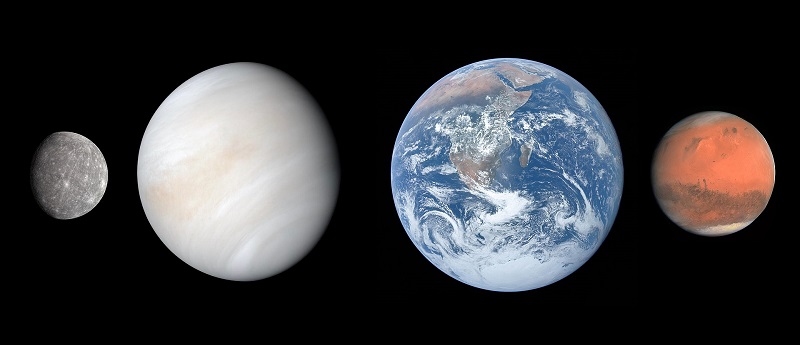
The composition of Mars
Mars is a rocky, terrestrial planet with a thin atmosphere consisting mostly of carbon dioxide (95%) and small amounts of nitrogen and argon. Its average surface temperature is -63°C (-81°F), making it a cold and harsh environment.
The planet’s reddish hue comes from the iron oxide (rust) that covers its surface. Evidence from recent missions suggests that Mars may once have had liquid water on its surface, leading to speculation about the possibility of life on the planet.
Mars’ rotation and position
Mars takes approximately 687 Earth days to complete one orbit around the Sun. Its distance from the Sun varies due to its elliptical orbit, ranging from 128 million to 154 million miles away.
Mars’ rotation on its axis is similar to Earth, taking approximately 24.6 hours to complete a single rotation. Mars’ axis is also tilted, much like Earth’s, resulting in seasons and weather patterns.
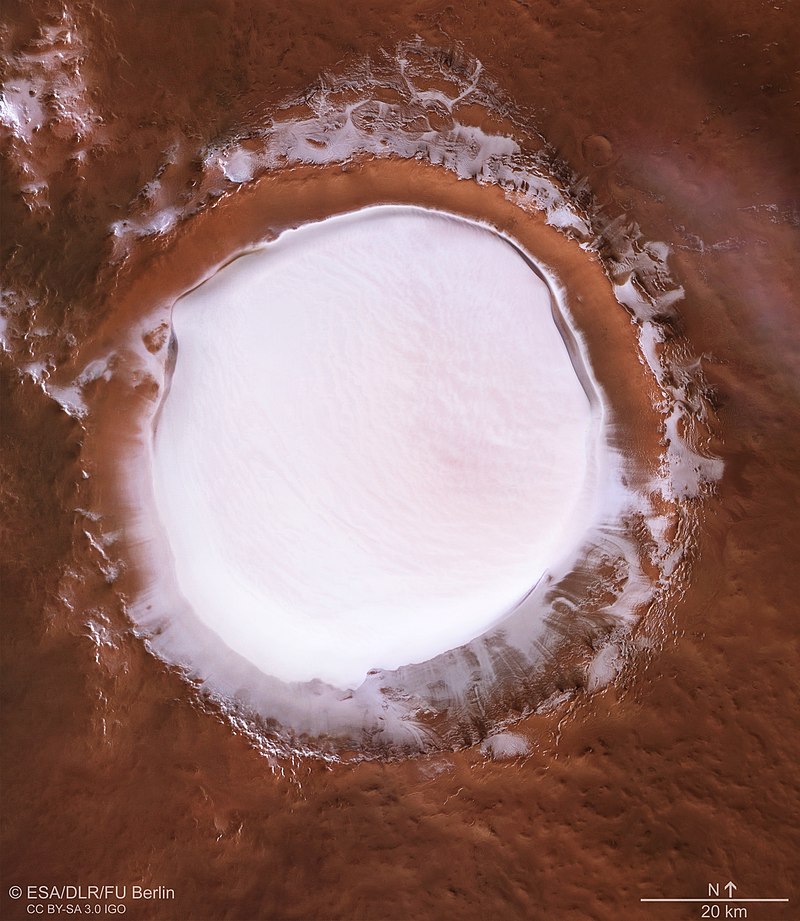
Water on Mars: The Key to Life?
One of the most tantalizing aspects of Mars is the potential presence of water. We investigate the evidence for past and present water on the planet, including ancient riverbeds, polar ice caps, and recurring slope lineage (dark streaks on slopes). The existence of water raises intriguing questions about the possibility of past or even current microbial life on Mars.
Geological features and exploration
Mars has a range of geological features, including vast deserts, rocky plains, and towering volcanoes. One of the most famous features of Mars is Olympus Mons, the largest known volcano in our solar system, which is three times taller than Mount Everest.
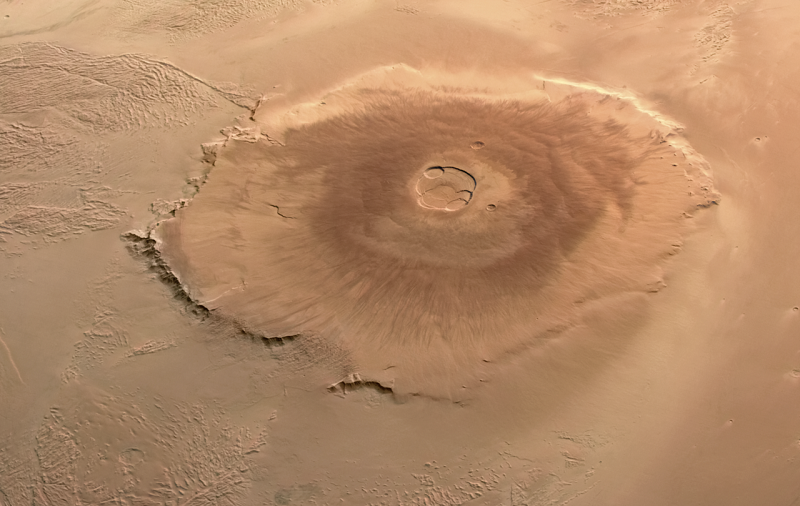
In addition to natural geological features, Mars has also been the subject of extensive exploration by NASA and other space agencies. The first successful mission to Mars was the Mariner 4 mission launched in 1964, which returned the first close-up images of the planet’s surface.
Since then, numerous missions have been sent to Mars, including the Viking missions in the 1970s, the Mars Pathfinder mission in 1996, and the Mars Exploration Rover mission in 2004.
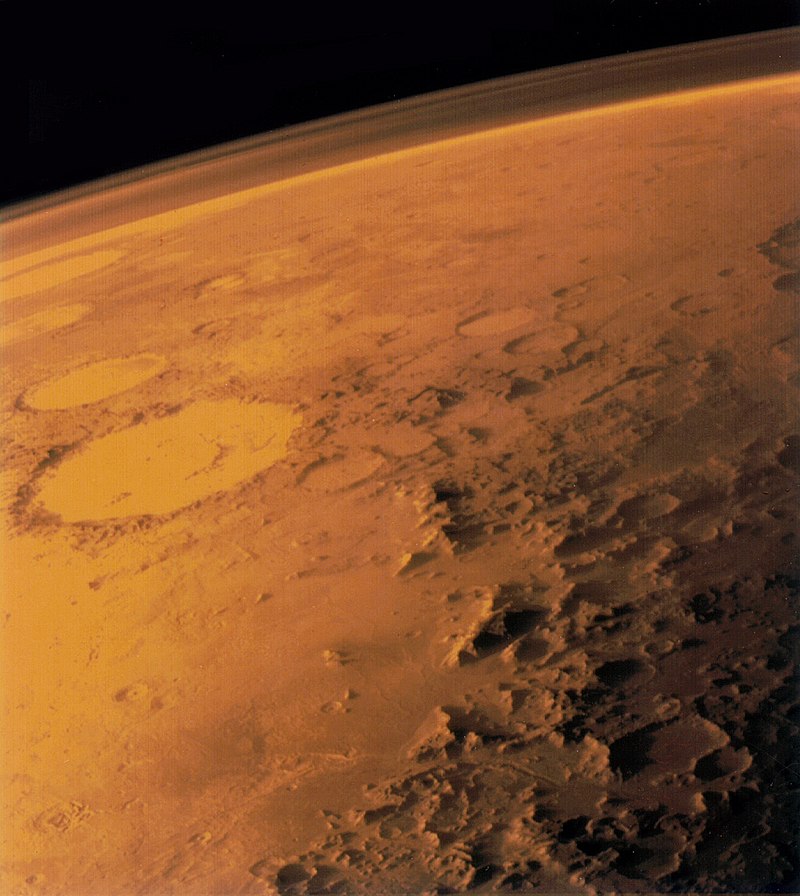
The most recent mission to Mars is the Mars Perseverance Rover, which landed on the planet’s surface in February 2021. The rover is equipped with advanced technology, including a drill to collect samples, a helicopter for aerial exploration, and other instruments designed to search for signs of past or present microbial life.
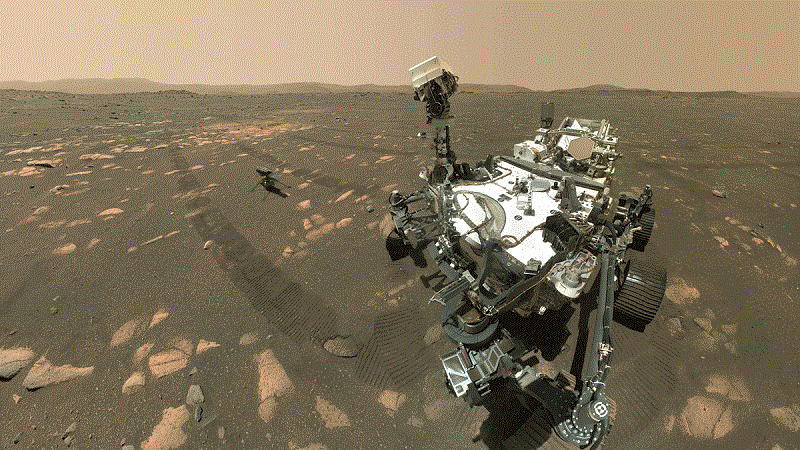
Martian Moons and Rings
Mars possesses two small moons, Phobos and Deimos, which have their own intriguing characteristics. The two moons are relatively small (compared to Earth’s) natural moons, Phobos (about 22 kilometres (14 mi) in diameter) and Deimos (about 12 kilometres (7.5 mi) in diameter), which orbit close to the planet.
The origin of both moons is unclear, although a popular theory states that they were asteroids captured into Martian orbit. The origin and composition of these moons and their irregular shapes are important for the potential for future missions to study them up close. Additionally, Mars has a faint and fragmented ring system, consisting of dust and debris. The formation and dynamics of these rings are significant in the context of Mars’ evolution.
Conclusion
Mars is a fascinating planet with a rich history and potential for exploration. Its proximity to Earth makes it an ideal target for scientific research and potential future colonization endeavors. With continued exploration and study, we may one day uncover new information about this intriguing planet, perhaps even providing answers to some of the most fundamental questions about the origins of life and the universe.
Mars remains an enigmatic world awaiting further exploration. As our knowledge of Mars deepens, we inch closer to uncovering the secrets of this neighboring planet and expanding our understanding of our place in the universe.
Read more posts on Science.
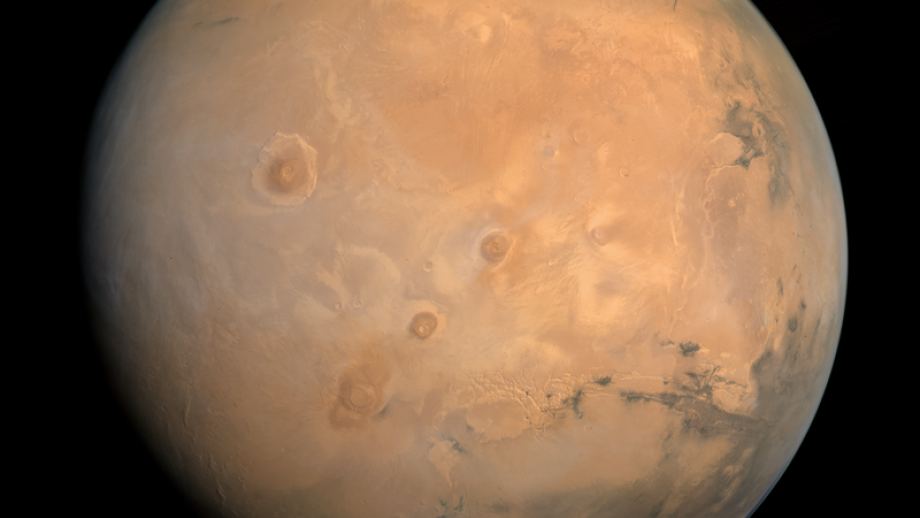
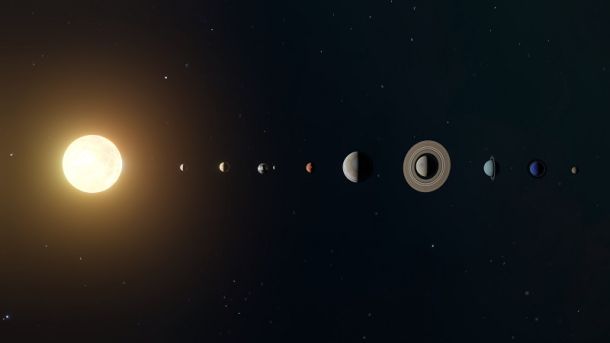
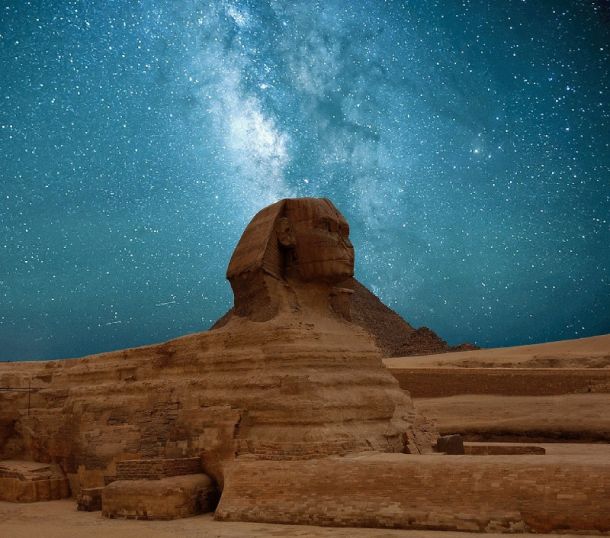

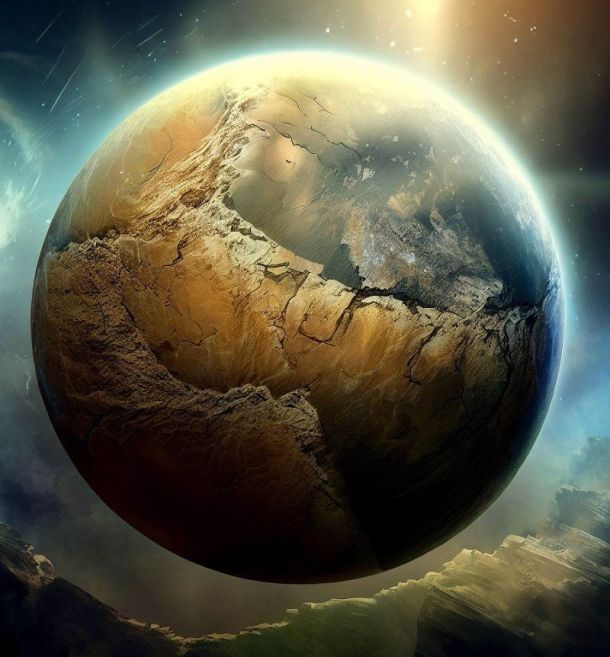
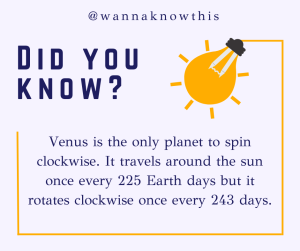
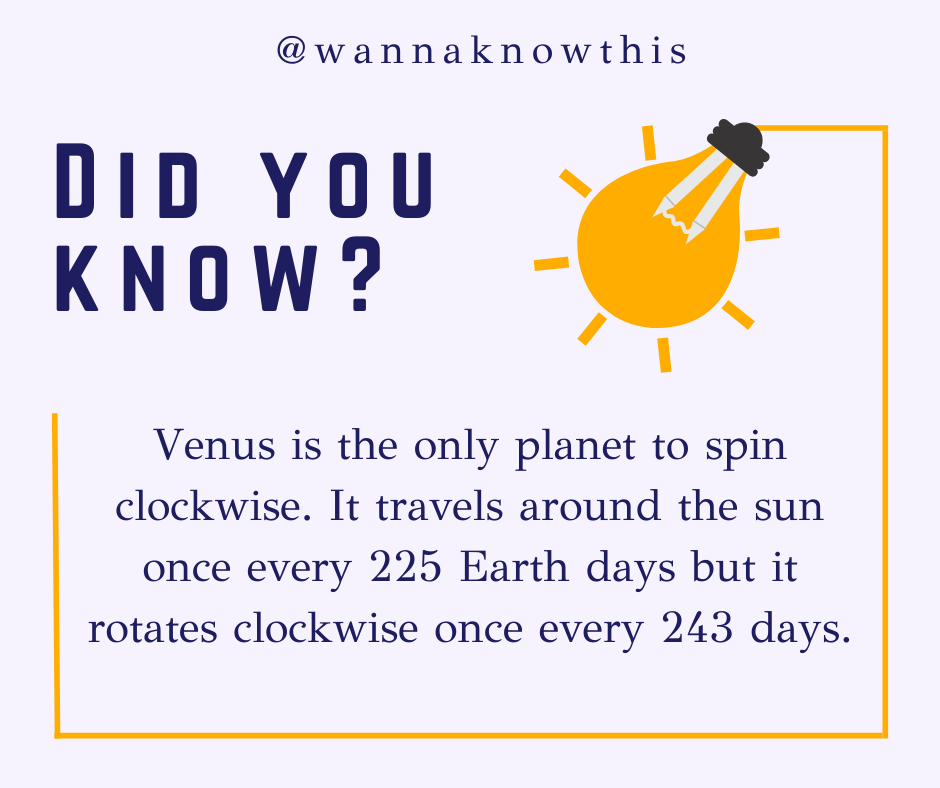









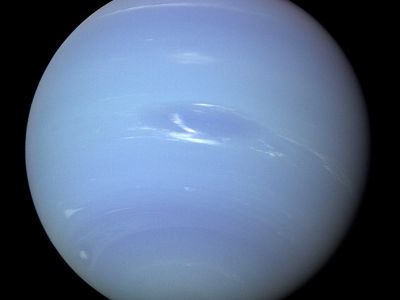
Leave a Reply